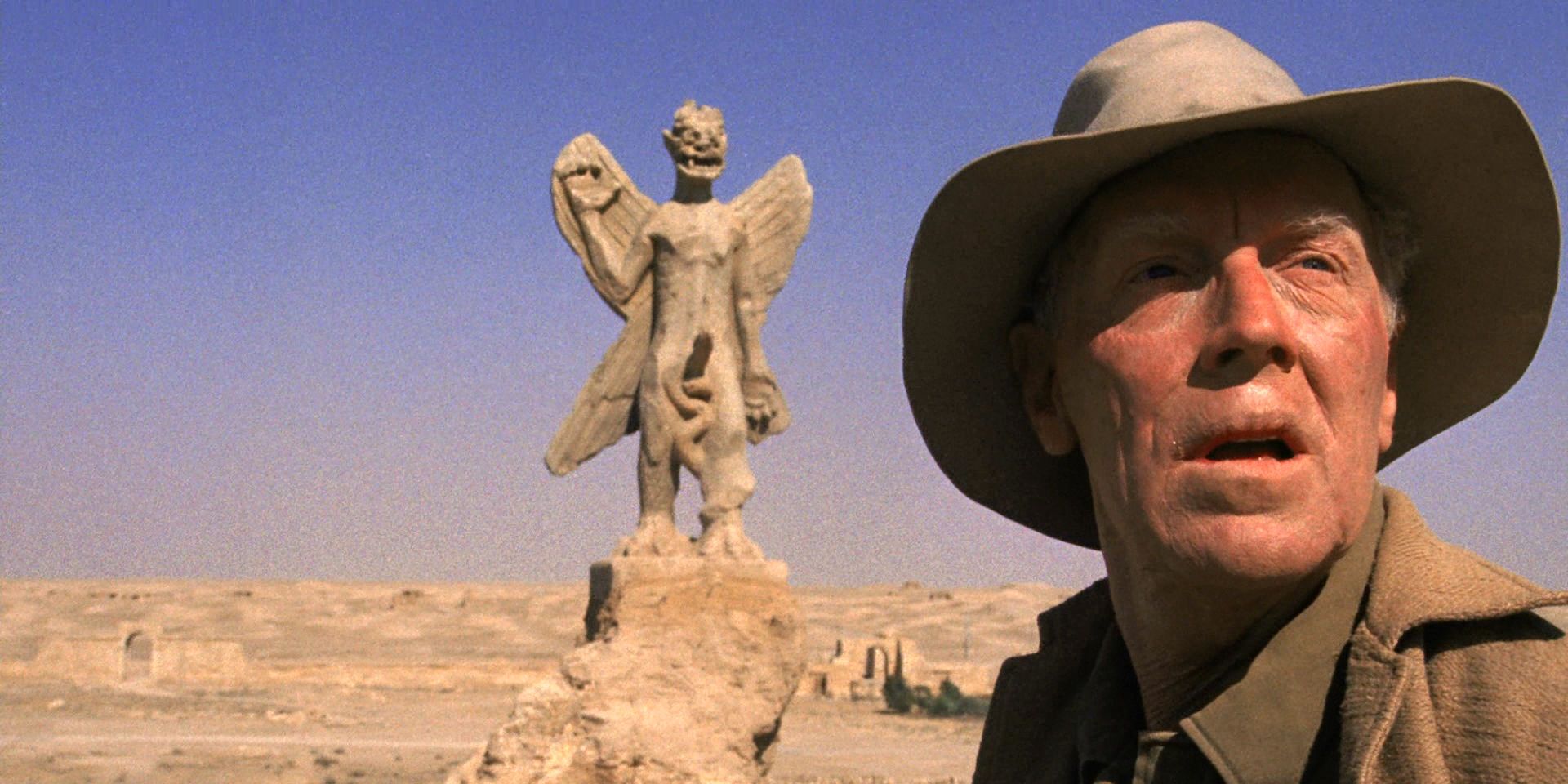In 2000, The Exorcist received an extended director’s cut, at the time called The Version You’ve Never Seen, and here’s what it changes. Horror history is full of classic films that took years to catch on, such as The Shining, The Thing, and Wes Craven’s New Nightmare. The Exorcist, however, was not one of those films. A critical and commercial smash, director William Friedkin‘s film even became the rare horror effort to do well at the Oscars, earning ten nominations and winning two awards.
Ever since its 1973 release, The Exorcist has almost universally been considered one of the greatest horror films ever made, and possibly the downright scariest film to ever be released. This has naturally led to a certain amount of hype backlash from subsequent generations of horror fans, but for the most part, The Exorcist is just as well-regarded now as it was nearly 50 years ago. With that in mind, it’s no surprise that Warner Bros. eventually decided to put The Exorcist back in theaters, giving younger viewers a chance to experience the film the way it was meant to be seen.
Click the button below to start this article in quick view.
That occurred in 2000, when The Exorcist was restored and released in a new cut, dubbed The Version You’ve Never Seen in contemporary marketing. Adding a full 10 minutes to the running time, that cut has since come to be known as Friedkin’s extended director’s cut, since he oversaw its creation. Many aspects of the film are changed and/or expanded upon in The Exorcist‘s extended cut, and here’s a rundown.
The Exorcist: Differences In The Extended Director’s Cut
To start, there are many small alterations made throughout the extended director’s cut of The Exorcist. These include new music cues and sound effects, new CGI effects, including subliminally inserted demon faces, added or changed lines of dialogue, and more. As far as the bigger differences between the theatrical cut and the director’s cut go, the first comes in the form of a different opening, with shots of the MacNeil home in Georgetown and a statue of the Virgin Mary being shown between the Warner Bros. logo and the opening credits.
At around a half hour in, an entirely new sequence sees Regan MacNeil at the doctor being tested in various ways to try and determine what’s wrong with her, including several that look quite painful. The doctor later tells Chris that her daughter had said very unusual and inappropriate things during the visit, which she’s quite surprised to here. With her changed behavior now established earlier, the bit of Regan talking normally with guests at her mother’s party from the theatrical cut has been removed. Perhaps the biggest addition to The Exorcist‘s extended director’s cut is the infamous spider walk scene, in which possessed Regan comes down the stairs backward on her hands, and spits blood toward the camera. This scene had been available as unfinished deleted material on prior home video releases, but was completed and restored using CGI for this new cut.
Later on, new scenes feature Father Karras listening to a tape recording of a conversation between Regan and Chris, Sharon trying to block out Regan’s demonic noises with earplugs, and Chris offering Father Merrin a cup of tea with alcohol in it that hints at his failing health. Other added bits see Merrin ask Chris what Regan’s middle name is, and the two priests talk about why exactly a demon has chosen to possess such an innocent child. The other major difference comes at the end, making The Exorcist‘s conclusion much more upbeat. When Regan gives Father Karras’ medal to Father Dyer, he gives it back to her, telling her to keep it. They then wave goodbye to each other. Then, a new scene sees the beginning of a friendship between Dyer and Lieutenant Kinderman, who head off to get lunch together. That friendship would figure into the plot of The Exorcist 3.
